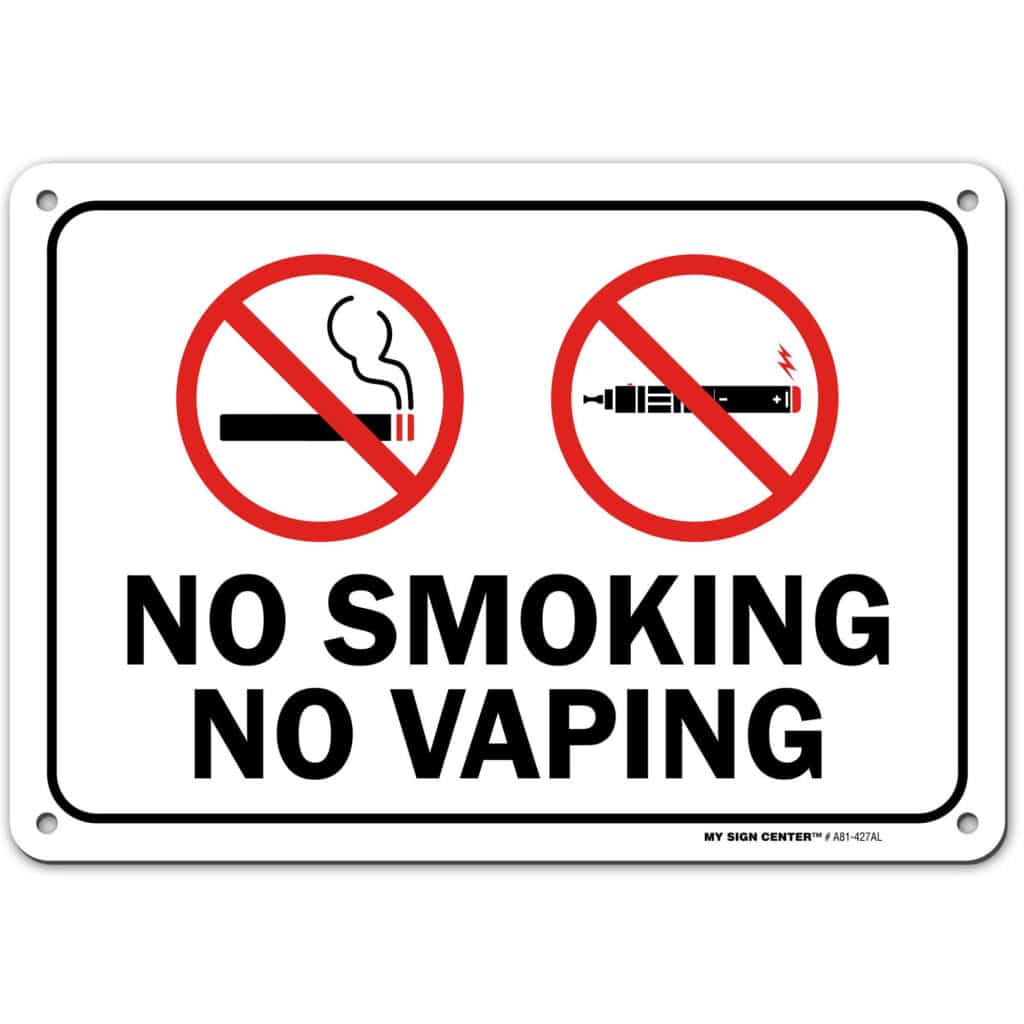Introduction
Vaping has emerged as a significant concern among teenagers in recent years. With its increasing popularity, parents and educators must take proactive measures to manage and reduce teen vaping. In this informative article, we will explore the current landscape of teen vaping, its potential consequences, and practical strategies to address this issue effectively.
Understanding the Teen Vaping Phenomenon
- Prevalence: The widespread availability of e-cigarettes and other vaping devices has contributed to a sharp rise in vaping among teenagers. These devices often contain nicotine, which is highly addictive and can harm adolescent brain development.
- Attraction: Vaping devices are designed to be discreet and are often marketed with appealing flavours, making them particularly attractive to young people. Additionally, the misconception that vaping is a safer alternative to traditional smoking contributes to its allure.
The Impact of Vaping on Teenagers
Teen vaping can have both immediate and long-term consequences on mental and physical health:

- Addiction: As previously mentioned, nicotine is a highly addictive substance. Teenagers who vape are at risk of developing an addiction that may lead to lifelong struggles with substance use.
- Mental health: Research suggests that nicotine use during adolescence can have a negative impact on cognitive and emotional development. Moreover, it may exacerbate existing mental health issues, such as anxiety or depression.
- Physical health: The inhalation of vape aerosol exposes users to potentially harmful chemicals, increasing the risk of respiratory and cardiovascular issues.
Strategies for Managing Teen Vaping

Education and Awareness
One of the most effective ways to manage teen vaping is by fostering awareness and providing accurate information:
- Educate teenagers about the potential risks and consequences of vaping, debunking common myths and misconceptions.
- Encourage open discussions in schools and at home, creating a supportive environment for teenagers to ask questions and express concerns.

Parental Involvement
Parents play a critical role in managing teen vaping:
- Monitor behaviour: Keep an eye out for signs of vaping, such as unexplained sweet scents or the presence of unfamiliar devices.
- Set boundaries: Establish clear expectations and consequences for vaping, while also providing support and guidance.
- Be a role model: Refrain from using tobacco or vaping products to set a positive example.
School Policies and Support
Schools can implement policies and provide support to manage teen vaping:
- Establish rules: Implement strict no-vaping policies on school grounds and at school-sponsored events.
- Offer resources: Provide students with access to counseling and support services to help them quit vaping or cope with nicotine addiction.

Community Efforts
Collaborative efforts between parents, schools, and the community can lead to more effective management of teen vaping:
- Engage local policymakers to advocate for stricter regulations on the sale and marketing of vaping products to minors.
- Support community programs and initiatives that aim to reduce teen vaping, such as public awareness campaigns and cessation workshops.
Finally
Teen vaping is a complex issue that requires a multifaceted approach. By fostering awareness, setting clear expectations, and working together as a community, we can effectively manage and reduce the prevalence of vaping among teenagers. With dedication and persistence, we can create a healthier future for our youth.
Resources




